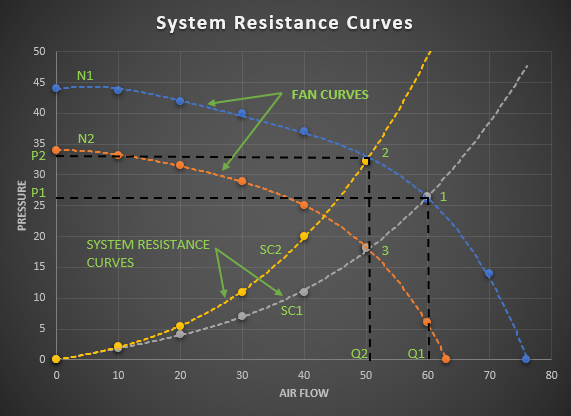Introduction
Circuit breakers are essential for the safe and effective operation of electrical systems in the area of electrical power distribution and protection. The Air Circuit Breaker (ACB) is a versatile and dependable device that stands out among the numerous types of circuit breakers available. In this article, we’ll examine the idea of an air circuit breaker, examine how it functions.
What is an Air Circuit Breaker?
Air circuit breaker is a mechanical switching device which is capable of making, carrying and breaking current under normal circuit conditions, and also carry the same for specified time and break current under specified abnormal circuit conditions. Air circuit breakers are used to distribute electric energy and protect lines and power supply equipment from faults such as overloads, under voltages, short circuits, etc.
Working Principles of Air Circuit Breakers
1. Arc Interruption Mechanism:
High current passes through the ACB when an electrical malfunction, like a short circuit or overload, takes place. An electric arc forms between the circuit breaker’s contacts as a result of the high current. Even after the circuit breaker has tripped, the arc creates a conductive route that keeps the current flowing.
ACBs use a number of arc quenching techniques to stop this arc. The “blast effect” or “arc chute” principle is the most widely used technique. The ACB sends a high-pressure stream of air through specially constructed arc chutes when the arc is recognized. The electric arc is effectively put out by the quick air expansion in these arc chutes, which also allows the contacts to separate and stop the current flow.
2. Magnetic and Thermal Tripping Mechanism:
Thermo- and magnetic tripping mechanisms are built into ACBs to detect abnormal current conditions and start a circuit interruption. While the magnetic tripping mechanism reacts to short-circuit currents, the thermal tripping mechanism recognizes long-term overloads. These tripping devices activate the opening mechanism, starting the arc interruption process, when the current rises above a predetermined level.
Air circuit breakers’ benefits
1. High Breaking Capacity: ACBs are excellent for heavy-duty applications in industrial and commercial environments since they can handle enormous fault currents.
2.Response Time: ACBs minimize downtime and guard against equipment damage during electrical faults with their quick tripping and arc extinction times.
3.Reliable functioning: By providing constant and dependable functioning, ACBs protect the integrity and safety of electrical systems.
4. Simple mechanics: ACBs have relatively simple mechanics that allow for quick servicing and repairs, making them easy to maintain.
5. Durability: With regular maintenance, ACBs can last a long period and offer affordable protection.
Conclusion
A key element of contemporary electrical systems, the Air Circuit Breaker (ACB) ensures the security and effective operation of power distribution networks. ACBs efficiently stop current flow during electrical disturbances by utilizing arc quenching techniques and trustworthy tripping mechanisms.
As technology continues to advance, the importance of Air Circuit Breakers will only grow, ensuring the continued reliability and safety of our electrical infrastructure for years to come.






No comments:
Post a Comment